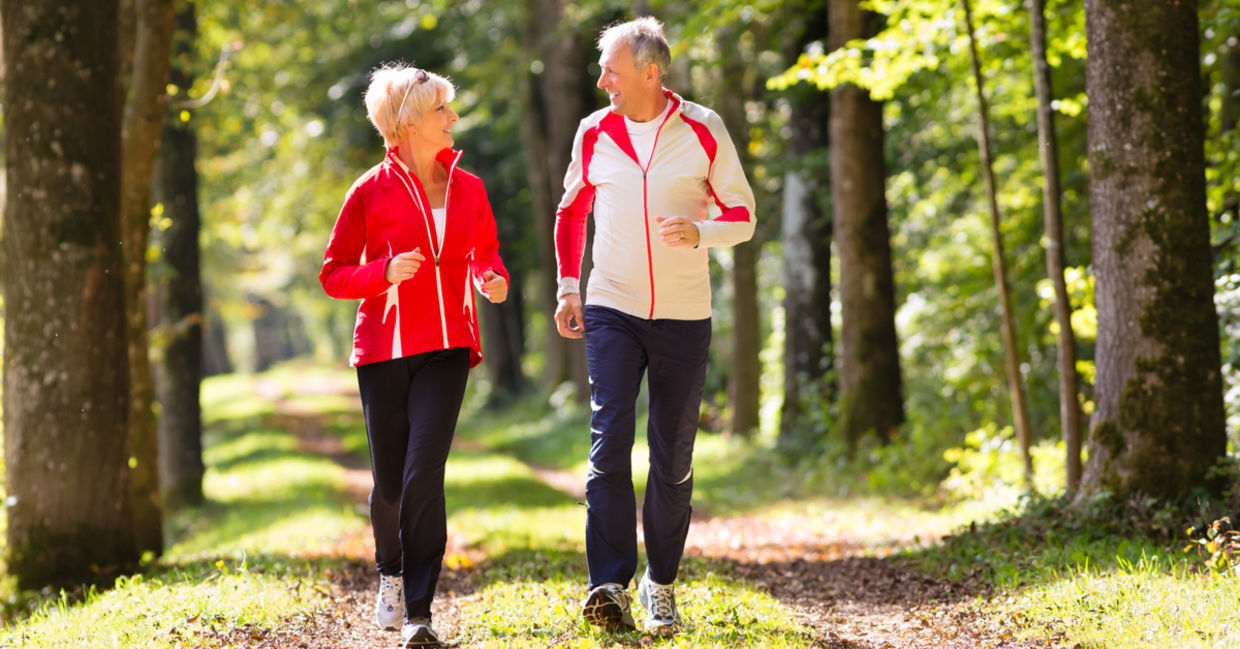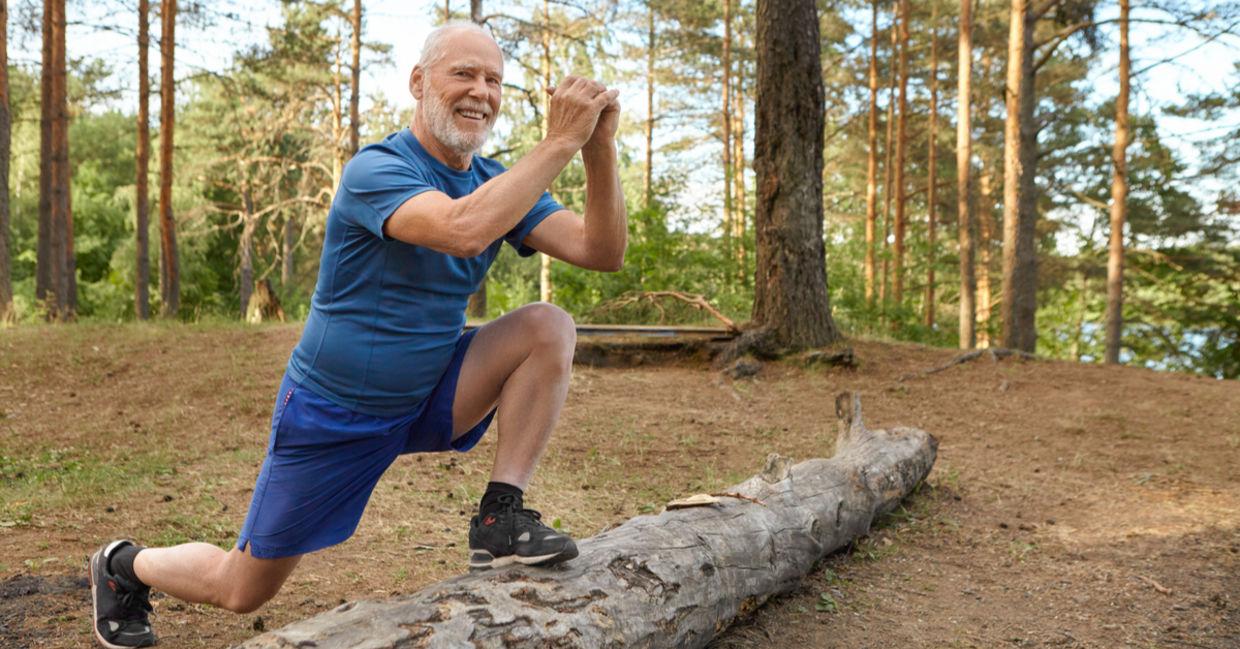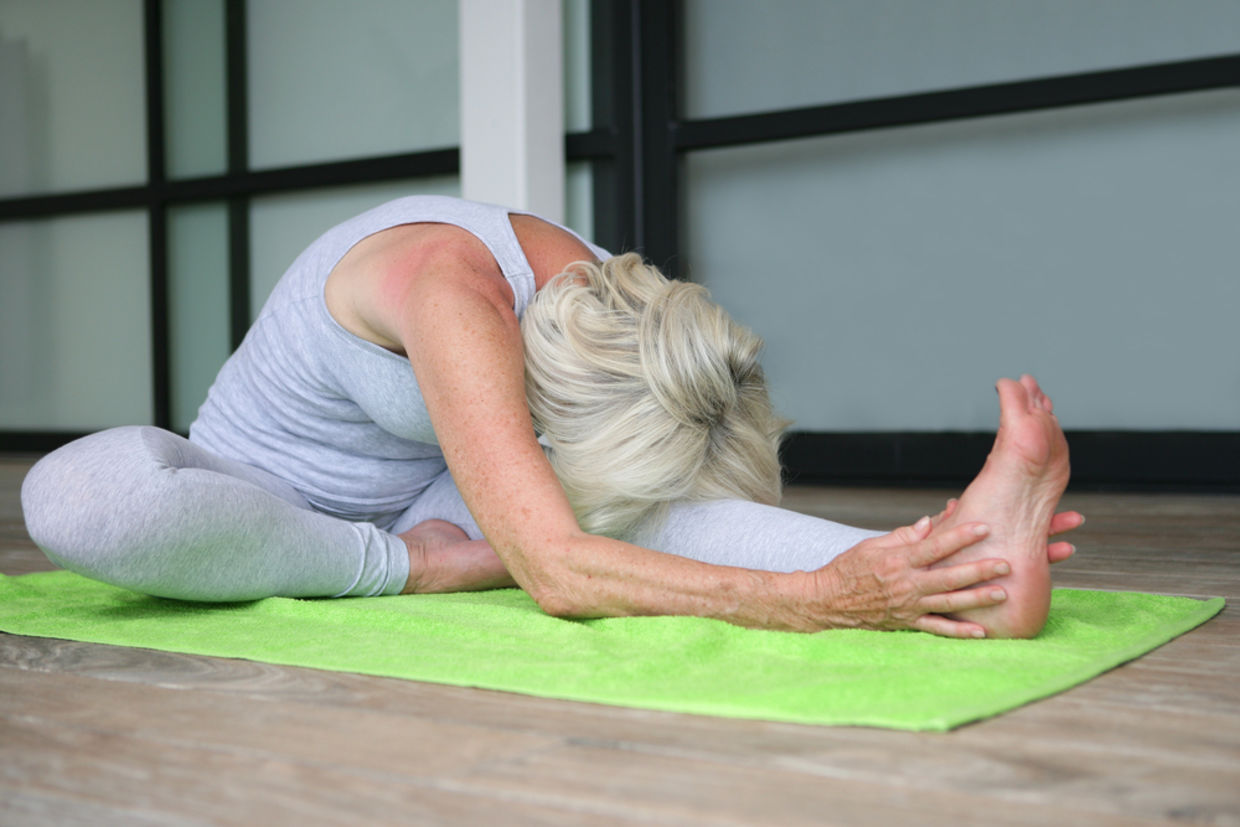
(Kzenon / Shutterstock.com)
Everyone ages. This is a fact of life. However, one can age healthfully and live an active life by making wholesome lifestyle choices. A healthy diet is the number one factor affecting living an active life in retirement, but did you know that the second factor is exercise?
People tend to think of exercise and being beneficial for now, but exercising today is akin to putting savings away for the future. If you have a well-rounded work-out routine now, it can provide you with strength, endurance, flexibility, heart health, and low-blood pressure for many decades.
Here are some workout tips to keep you feeling energized and young at heart. Age with health and grace by focusing your workout in these three areas.
Do cardiovascular exercise
Cardiovascular exercise can be slow jogging or fast walking, gardening, swimming, or cycling. Dr. Valter Longo, who has studied longevity for over 30 years, suggested to Medium that seniors should do about 2.5 hours a week of cardio exercises. If you are breathing quickly and sweating, you are getting a good cardio workout. Longo also suggests you include some vigorous activity such as hiking, riding a bike quickly, or climbing stairs.
As the optimal secret to health and longevity is healthy DNA, the goal is to keep your telomeres long. Telomeres protect genes from being damaged and although they can become worn out, telomeres can also be rebuilt, according to Shape. This is achieved by doing cardiovascular exercises, as shown in this study. You can even determine your cellular age by testing your telomerase levels. There are DNA kits to do this at home or you can request a test from your doctor.
You can't change your chronological age, but consistent exercise can improve your health to the point where you look & feel younger than you are by slowing cell aging via longer telomeres - that protect your DNA. #exercise #antiaging #telomeres #wednesdaymotivation pic.twitter.com/EQzsjdfHCJ
— Lori Shemek, PhD (@LoriShemek) April 22, 2020
When choosing a cardio workout, exercise physiologist Ben Greenfield suggested the following rejuvenating tip to MindBodyGreen: work out both fast-twitching and slow-twitching muscles.
As one ages, the fast-twitching muscles can atrophy if they are not used and the damage is irreversible. The best way to prevent this is to jump and sprint, giving muscles the chance to extend and contract quickly (fast-twitching). Alternate this with jogging, swimming, walking, or lifting light weights (slow-twitching).
Work on strength
Don’t focus on cardio alone. As one ages, there is a natural loss of muscle mass, so adding in weight-bearing exercises helps to build up bone mineral, according to Well + Good. This is especially important for women, whose bone density decreases dramatically with age, leaving them prone to bone breaks and osteoporosis.
Incorporate some form of weight-training into your routine and focus on the larger groups of muscles such as glutes, hips, chest, and core by adding squats, lunges, and burpees. Many yoga poses such as plank, downward dog, mountain climber, and chair are incredible strengtheners and also work on flexibility, which is the next important area for your workout.

(Anatoliy Karlyuk / Shutterstock.com)
Increase flexibility
As one ages, one may often feel stiff and rigid. As you get older, you may also have less mobility and range of motion. Flexibility is paramount: if you do not incorporate flexibility exercises into your routine, your muscles can actually shorten!
Practicing yoga flows is the best exercise for working on flexibility and mobility as yoga is all about stretching and flexibility. Gaining flexibility will assist your joints, give you a wider range of mobility and also improve your balance as you age, as mentioned in MindBodyGreen. Staying flexible will also reduce your chances of suffering from joint and back pain and can improve your posture.

(Phovoir / Shutterstock.com)
YOU MIGHT ALSO LIKE:
Optimism May Be the Secret to a Long and Happy Life
Owning a Dog Can Help You Live Longer







